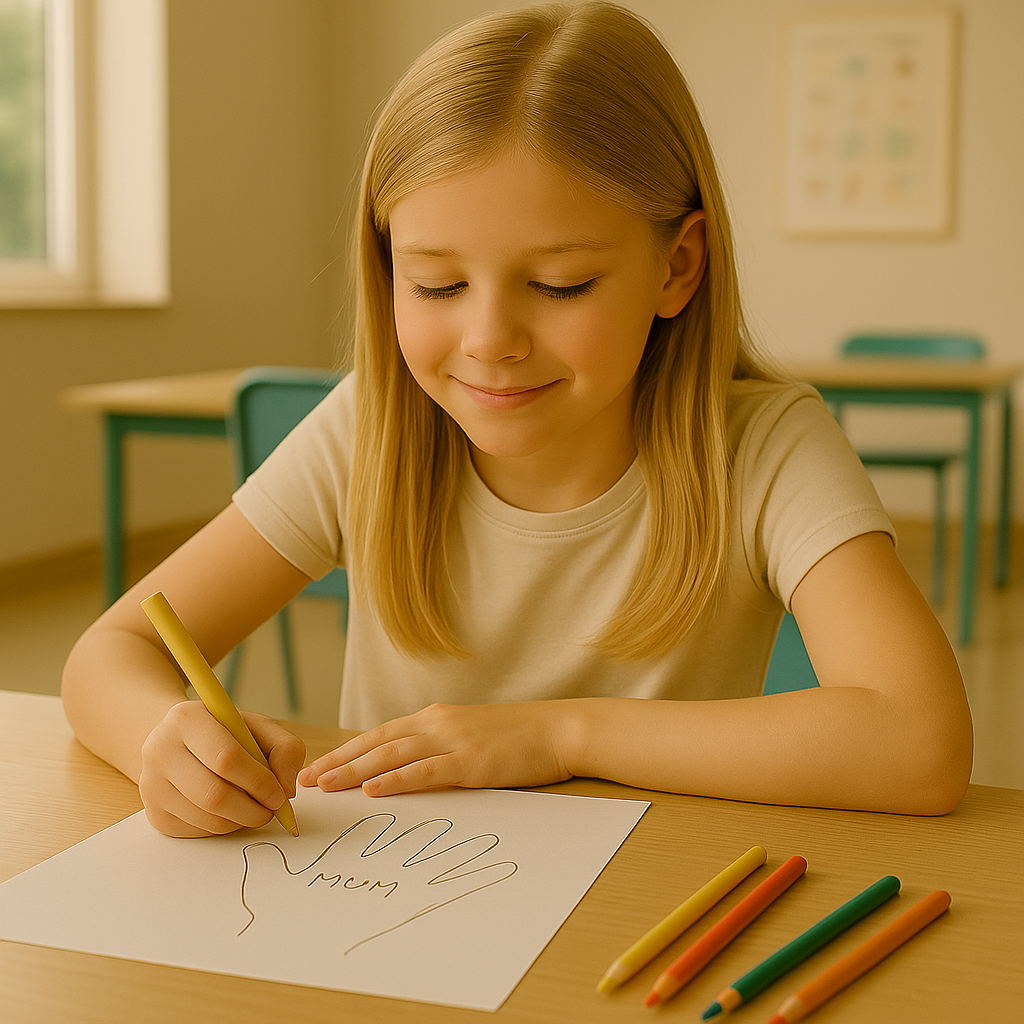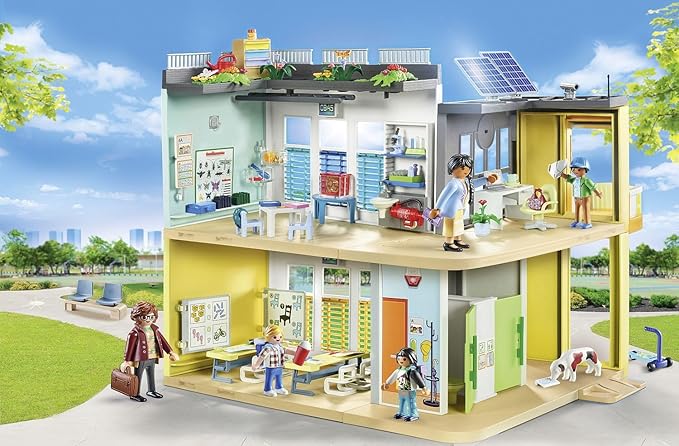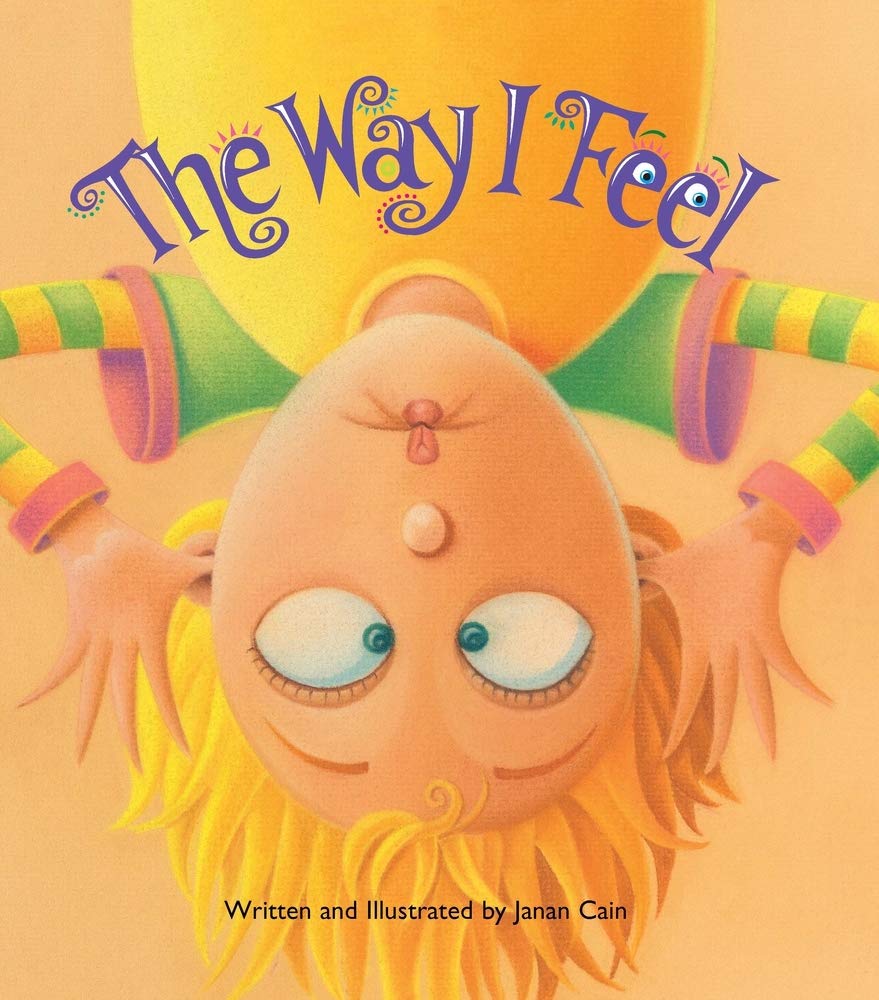From fury to calm: Guiding your child with anger management
Understanding that your child, just like everyone else, will feel anger from time to time is crucial. It might start as a slight warmth in their tummy, a little shake in their limbs, or clenched hands. It’s impossible to always predict or stop these feelings. The key is recognizing when they’re feeling this way and why.
Just like happiness or sadness, anger is a normal emotion. It’s their way of saying something doesn’t feel right. But if we don’t guide them, that small spark of irritation can grow into a big fire of frustration. When they’re angry, their body reacts in certain ways, which might make them act out or do things they’ll regret later.
It’s very important to teach them how to handle this emotion. When they can talk about what’s bothering them, it’s easier for everyone. Plus, learning to manage anger now can help them make better decisions and cope with challenges in the future. By understanding and working together, you’re helping them grow and communicate better.
HOW CAN YOU HELP YOUR CHILD MANAGE THEIR ANGER?
- Understand what makes your child angry.
To help manage your child’s anger, it’s essential to figure out what sets it off. Spotting these triggers early can help you step in before things escalate, reducing the chances of big blow-ups or meltdowns. By guiding your child towards better ways to handle these triggers, you can help them react more calmly. Keeping a list of these triggers is a good idea. Share this list with your child, explaining that everyone gets angry sometimes and that you’ve noticed certain things that seem to upset them. Your child can then help update the list, adding things you might not have noticed. This way, you’re working together to understand and manage their feelings.
Some examples of anger triggers are:
- Physical Discomfort: Hunger, tiredness, or physical discomfort can make children more irritable and prone to anger.
- Frustration: Encountering tasks that are difficult or seem unachievable can lead to anger. For instance, trying to tie a shoe or complete a challenging puzzle.
- Overstimulation: Too much noise, a flurry of activities, or sensory overload can cause children to become overwhelmed and reactive.
- Feeling Misunderstood: Not being able to communicate their feelings or needs effectively can be a significant trigger.
- Attention Seeking: If children feel they aren’t getting enough attention or are being ignored, they might act out in anger.
- Unmet Expectations: For instance, expecting a candy bar at the store and not getting one.
- Changes in Routine: A sudden change in their daily routine, like a missed nap or a change in caregivers, can cause discomfort.
- Jealousy or Competition: Feeling overshadowed by a sibling or a friend can lead to feelings of resentment and anger.
- Fear or Threat: Feeling threatened, either physically or emotionally, can manifest as anger.
- Injustice: Feeling that they’ve been treated unfairly, like being blamed for something they didn’t do.
- Social Challenges: Conflicts with friends, being excluded from a group, or struggling to fit in can lead to feelings of anger.
- Academic Pressure: Struggling with homework, tests, or the feeling of falling behind can induce frustration and anger.
- Restriction: Being told they can’t do something or go somewhere they want to can lead to a reactionary response.
- Loss: Grieving the loss of a loved one, pet, or even a favorite toy can evoke a mix of emotions, including anger.
- Transitions: Big life changes, like moving to a new house, starting a new school, or adjusting to a new sibling.
- What does anger look like?
As a parent, it’s crucial to recognize that anger doesn’t always appear as yelling or acting out. Sometimes, the signs are more subtle, and understanding these can be a game-changer in managing outbursts. Your child might go quiet, become sarcastic, or even show physical signs like clenching their fists or blushing. By paying close attention, you can catch these early signs of frustration. It’s a great idea to sit down with your child and discuss what they feel when they’re getting upset. Perhaps they’ve noticed their own telltale signs of anger. Encouraging this self-awareness helps both of you stay ahead of potential meltdowns. By understanding and acknowledging these signs together, you build a collaborative approach to managing and addressing their emotions.
Some examples of questions to help the child notice their anger:
- How does your body feel when you start to get upset or angry?
- What do you wish you could do or say when you start feeling this way?
- Have you noticed any signs in yourself that show you’re about to get really upset?
- Do you ever notice signs of anger in others? If so, what do you see?
Some examples of signs of anger:
- Avoiding eye contact: Sometimes, a child who’s feeling upset might avoid looking directly at you or others.
- Increased fidgeting: Restlessness or an inability to sit still can be an indicator.
- Isolating themselves: Retreating to their room or a corner can be a way they cope.
- Change in voice tone: Their voice might become sharp, higher-pitched, or they might start talking faster.
- Tightening of the jaw: Grinding teeth or clenching the jaw is a physical sign.
- Stomping or heavy walking: Their footsteps might become louder or more forceful.
- Breathing changes: Rapid or heavy breathing can be a precursor to a bigger outburst.
- Tearing up or crying: Some children might cry when they’re frustrated.
- Crossing arms defensively: This can be a sign they’re feeling defensive or closed off.
- Avoiding conversation or becoming unresponsive: They might start giving only one-word answers or avoid talking entirely.
- Explain the consequences.
Talk to your child about how acting on their anger can impact others. Let them know that even small angry actions can lead to consequences, both minor and major. It’s essential for them to understand that their feelings affect not only them but also the people and environment around them. Explaining these potential consequences can help children become more aware of the ripple effects their anger can have, encouraging them to think twice before acting on their emotions impulsively.
Some examples of anger consequences are:
- Losing Trust: If they react in anger towards a friend, that friend might start to feel wary around them, fearing another outburst.
- Damaging Objects: In their anger, they might throw or break something valuable, leading to loss or regret later on.
- Hurting Someone: Physical lashing out can lead to someone getting hurt, either accidentally or intentionally.
- Embarrassment: An outburst in front of peers can make them feel embarrassed or ashamed afterward, as they may become the talk of their class or friends.
- Punishment: Reacting in anger at school or at home might lead to disciplinary actions, like detention or loss of certain privileges.
- Feeling Guilty: After the anger subsides, they might feel guilty or regretful for the things they said or did.
- Affecting Relationships: Continual angry reactions can strain relationships, making it hard for siblings, friends, or classmates to feel close to them.
- Misunderstandings: An outburst can cloud the real issue, leading to misunderstandings that might take time to clear up.
- Avoidance: If they frequently lash out in anger, some peers might start avoiding them, not wanting to be around in case of another episode.
- Feeling Isolated: Over time, they might start to feel lonely or isolated as their reactions push people away.
- What to do about anger?
While it’s impossible to prevent your child from feeling angry – after all, it’s a natural emotion – managing it effectively is crucial. Intense emotions can cloud judgment, sometimes leading to regrettable decisions. Now that your child has begun to recognize the signs of their anger, it’s essential to equip them with tools to express it in healthy, constructive ways. By doing so, you reduce the risk of them hurting themselves or others. Guiding them towards techniques such as deep breathing, counting to ten, or even finding a quiet space to reflect can be immensely beneficial. Encourage open communication; let your child know it’s okay to talk about their feelings, and always be ready to listen. Together, you can build resilience and emotional intelligence, empowering your child to handle challenging situations with grace and maturity.
Some examples of coping tools to help children manage their anger:
- Take ten deep breaths: breathe right down into your belly. It helps calm your mind and body. When you’re angry, your heart races; deep breathing helps slow things down.
- Count slowly to 10 or 20: giving yourself a moment to count can help you feel calmer and give your mind a little break from the rush of emotions.
- Find your quiet spot: there’s a special place in the house just for you. When things feel too much, head there to have a quiet moment to yourself.
- Draw or play music: sometimes, creating something can help you feel better. Grab some colors, paper, or even an instrument and express how you feel.
- Move your body: if you feel a lot of energy, try running, jumping, or even just stretching. Moving can help release some of that built-up tension.
- Ground yourself with 5-4-3-2-1: look around and find five things you can see, touch four things, listen for three sounds, sniff two scents, and, if you have a snack, taste one thing. This helps bring you back to the here and now.
- Talk about it: it’s okay to chat about what’s making you upset. Whether it’s with a parent, sibling, or friend, sometimes talking helps lighten the load.
- Write in your feelings journal: got something on your mind? Writing it down can help you understand and process those big emotions. Plus, it’s a space that’s all yours.
Remember, it’s natural for your child to feel angry at times. These tools are here to assist them in managing those emotions in a healthy and constructive manner.




